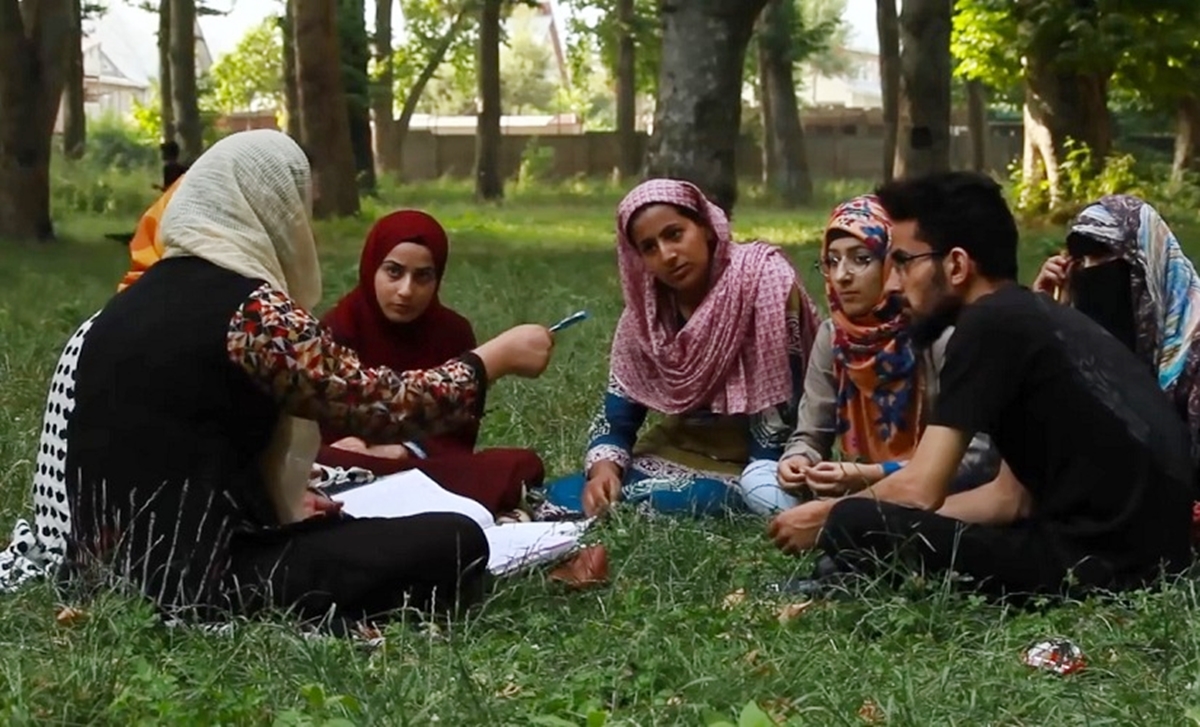Posted by Rohit Kumar and Sneha Pillai In the year 1990, renowned economist Amartya Sen shared with the world an…
Login to Read!
This content is restricted to site members. If you are an existing user, please log in below. Or you can can create an account here.


